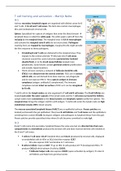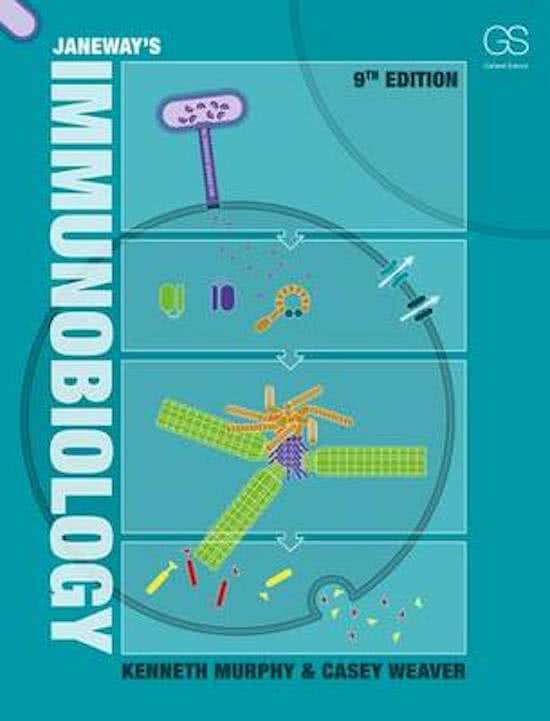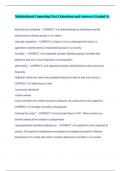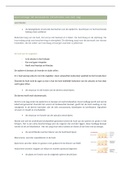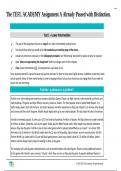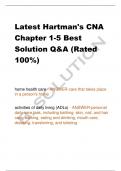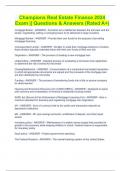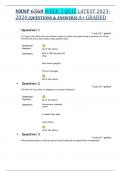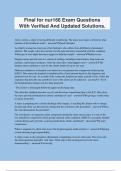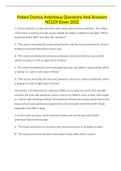Resume
Summary Advanced Immunology Janeway test 7) T cell homing and activation
- Cours
- Établissement
- Book
This is a small summary for the course advanced immunology from the master biomedical sciences at the UvA. It includes all the information you need for one of the 9 Janeway tests during this course. Look out for the bundle, because that's a lot cheaper!
[Montrer plus]
